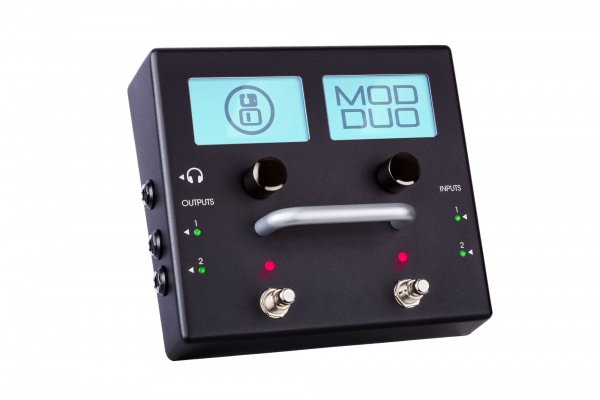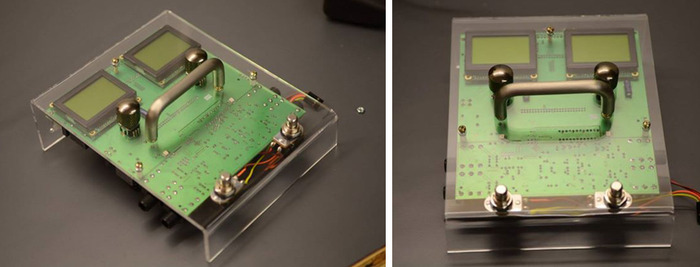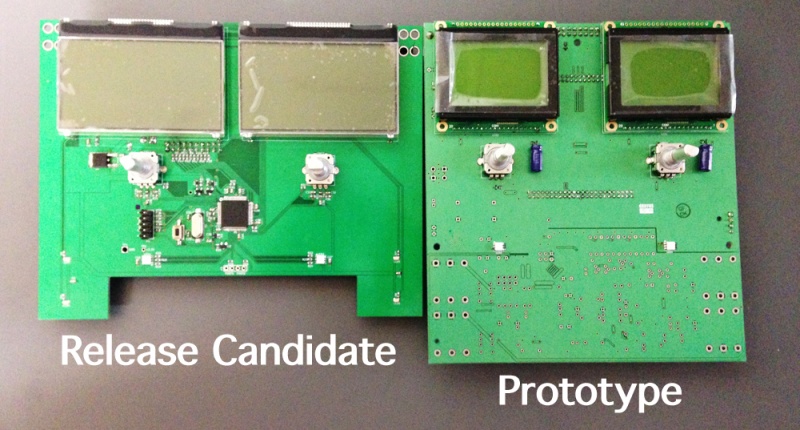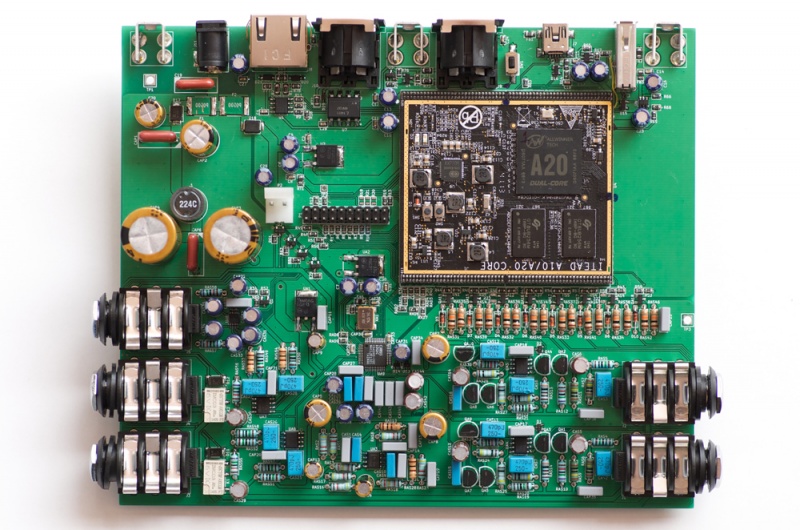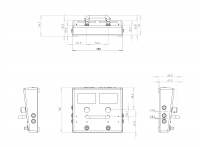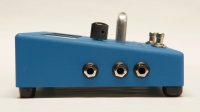Difference between revisions of "MOD Duo"
(→Audio) |
|||
| Line 42: | Line 42: | ||
* 2 independent inputs: | * 2 independent inputs: | ||
** TS connectors | ** TS connectors | ||
| − | ** | + | ** Input impedance 1 MΩ |
| − | |||
| − | |||
| − | |||
** Programmable Gain Amplifier: ± 12 dB Gain, 0.5 dB step plus a 32 dB gain stage for microphone | ** Programmable Gain Amplifier: ± 12 dB Gain, 0.5 dB step plus a 32 dB gain stage for microphone | ||
* 2 independent outputs: | * 2 independent outputs: | ||
| Line 54: | Line 51: | ||
** Digital volume control from +12dB to −33dB | ** Digital volume control from +12dB to −33dB | ||
| − | Each input/output uses a | + | Each input/output uses a TRS connector, a True Bypass circuit and has a LED whose color depends on the audio signal amplitude. |
* signal < -30dB : off | * signal < -30dB : off | ||
* -30dB < signal < -12dB : green | * -30dB < signal < -12dB : green | ||
Revision as of 15:07, 8 November 2019
Contents
Development
After a year of engineering, in February 2016, our new product, The MOD Duo has been released.
With MOD Duo the MOD entered in a new era. We migrated from the Intel PC architecture to a whole new ARM hardware topology. We also developed the sound card from scratch, following audiophile and high fidelity concepts. And we moved from São Paolo - Brazil, to San Francisco - USA to reach the global market, then to Berlin in Germany.
It has much larger graphic displays (2,8 inches), a smaller enclosure to blend with your stomp boxes, two footswitches and two encoders.
We launched a crowd funding kickstarter campaign to raise funds to produce the MOD Duo.
We already had working prototypes and a release candidate product.
Read more in our website.

Technical specs
Dimensions
- width: 180 mm
- length: 160 mm
- height: 74.7 mm
Inputs and outputs
Audio
- 2 independent inputs:
- TS connectors
- Input impedance 1 MΩ
- Programmable Gain Amplifier: ± 12 dB Gain, 0.5 dB step plus a 32 dB gain stage for microphone
- 2 independent outputs:
- TRS connectors (balanced compatible)
- Volume Control: 0 to -127 dB, 0.5dB step
- Headphone output:
- TRS connector
- Digital volume control from +12dB to −33dB
Each input/output uses a TRS connector, a True Bypass circuit and has a LED whose color depends on the audio signal amplitude.
- signal < -30dB : off
- -30dB < signal < -12dB : green
- -12dB < signal < -3dB : yellow
- signal > -3dB : red
MIDI
- MIDI IN connector - DIN 5 pins - for musical instruments and controllers
- MIDI OUT connector - DIN 5 pins
USB
- USB HOST - USB 2.0 Standard-A type
- USB Bluetooth
- USB Wifi
- USB MIDI
- USB DEVICE - USB 2.0 Standard-B type
- USB Ethernet Adaptor
- USB Mass Storage (used for updates)
Controllers
- 2 knobs with LCD screen
- 2 foot switches with color LEDs
- RJ-45 connector for additional controllers (see Control Chain)
Processors
- A20 CPU:
- Dual Core ARM A7 1.0GHz
- 1 GB RAM
- 4 GB Flash Storage
- Audio CODEC:
- Manufacturer: Cirrus Logic
- DAC: 104dB dynamic range, -90dB THD+N
- ADC: 104dB dynamic range, -95dB THD+N
- 24 bit / 48 kHz AD/DA
Peripherals
Software
The MOD Duo uses a linux operating system with LV2 plugins to define virtual pedal boards.
